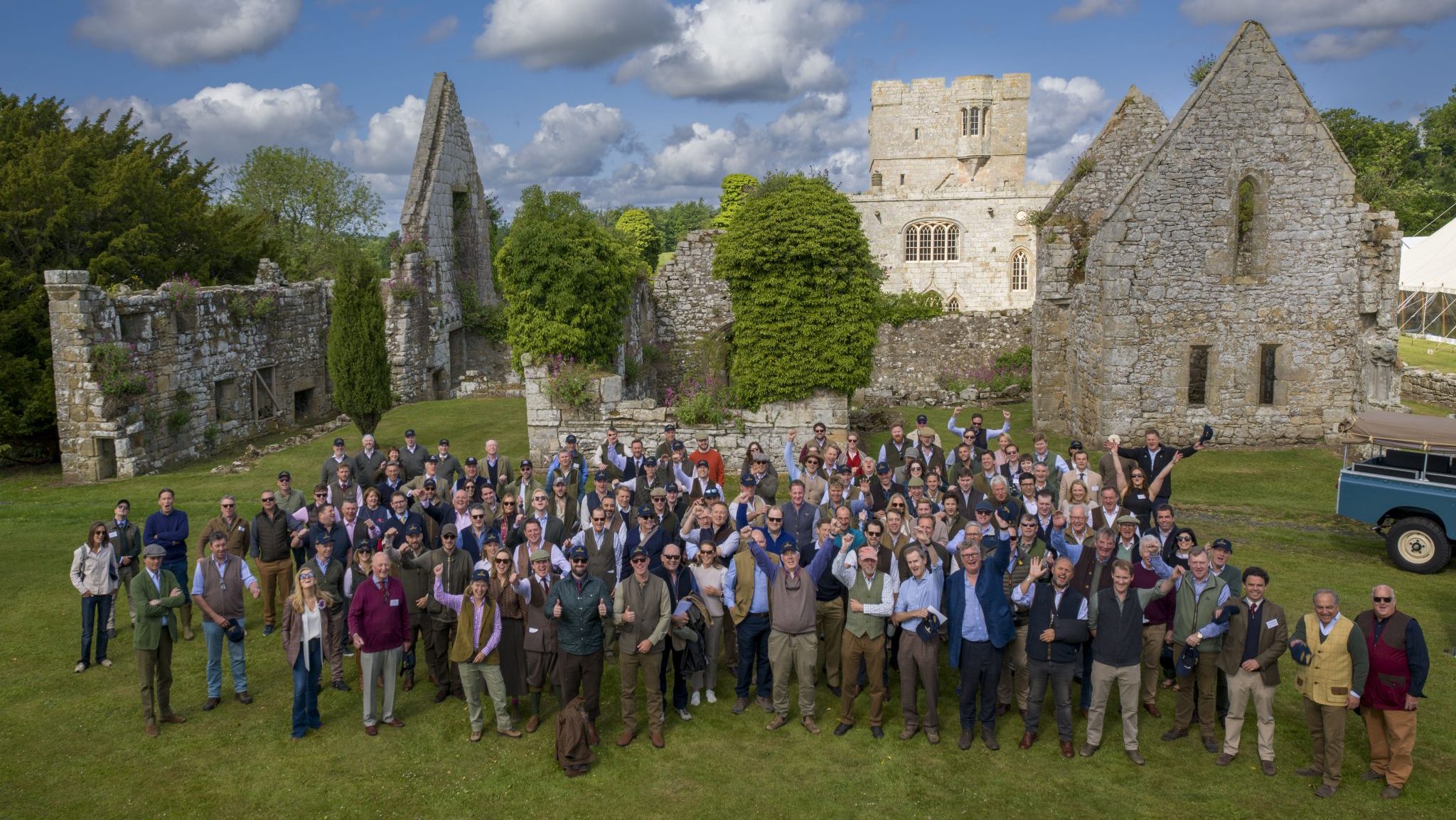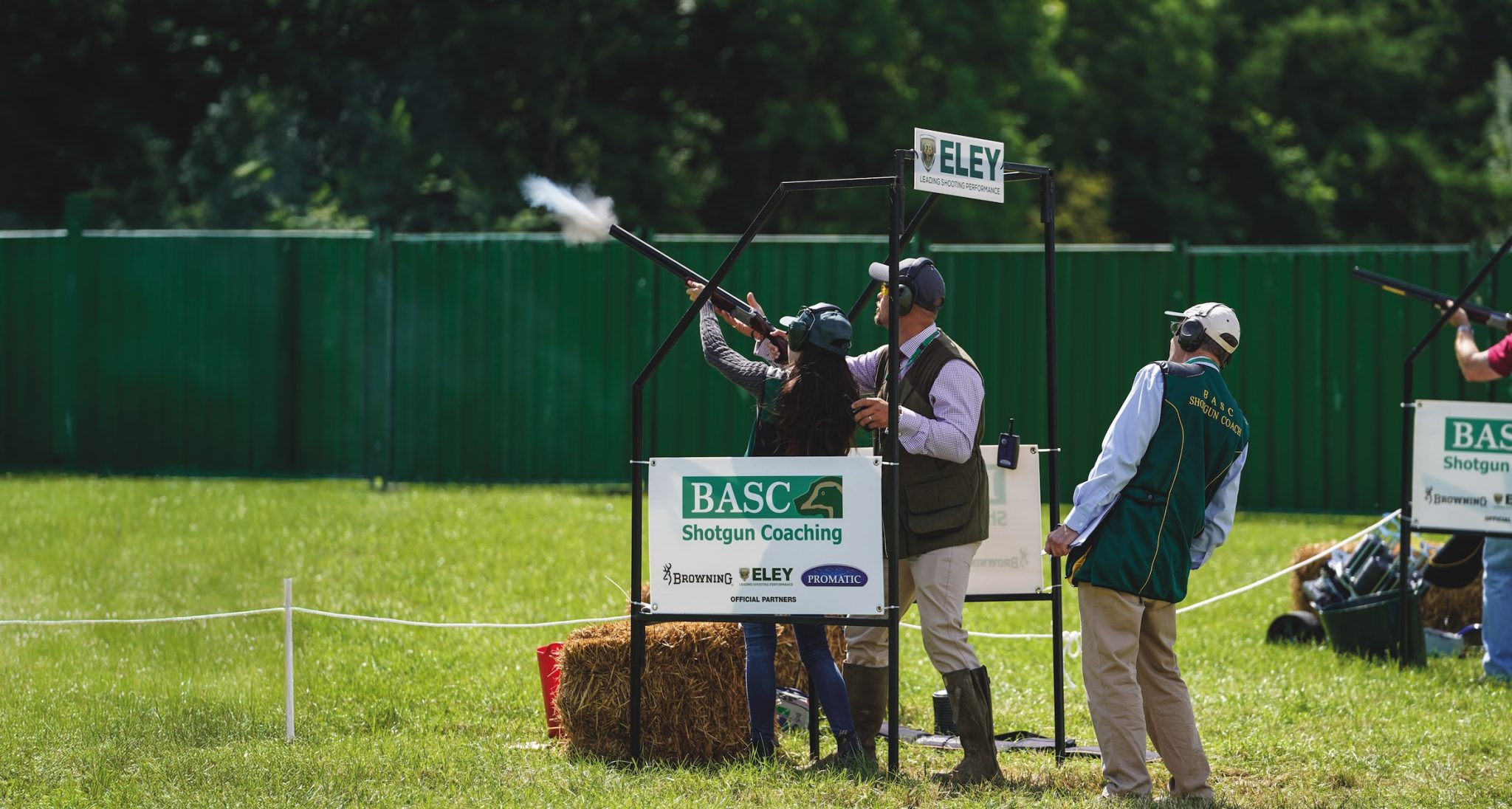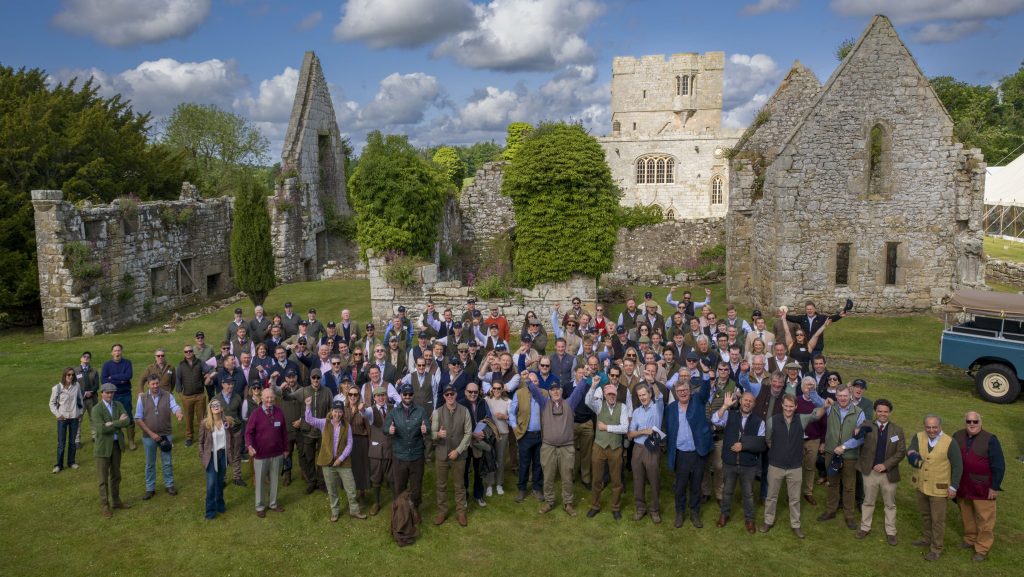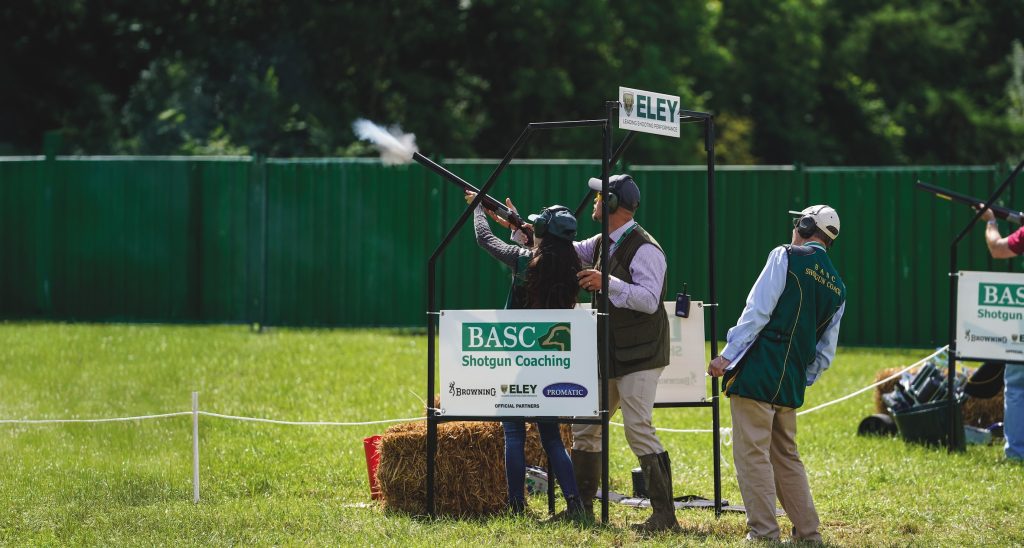Legislation
News
How long do birds live for? Dr Mike Swan goes in search of veteran geese
Would you like to speak to our readers? We offer sponsored articles and advertising to put you in front of our audience. Find out more.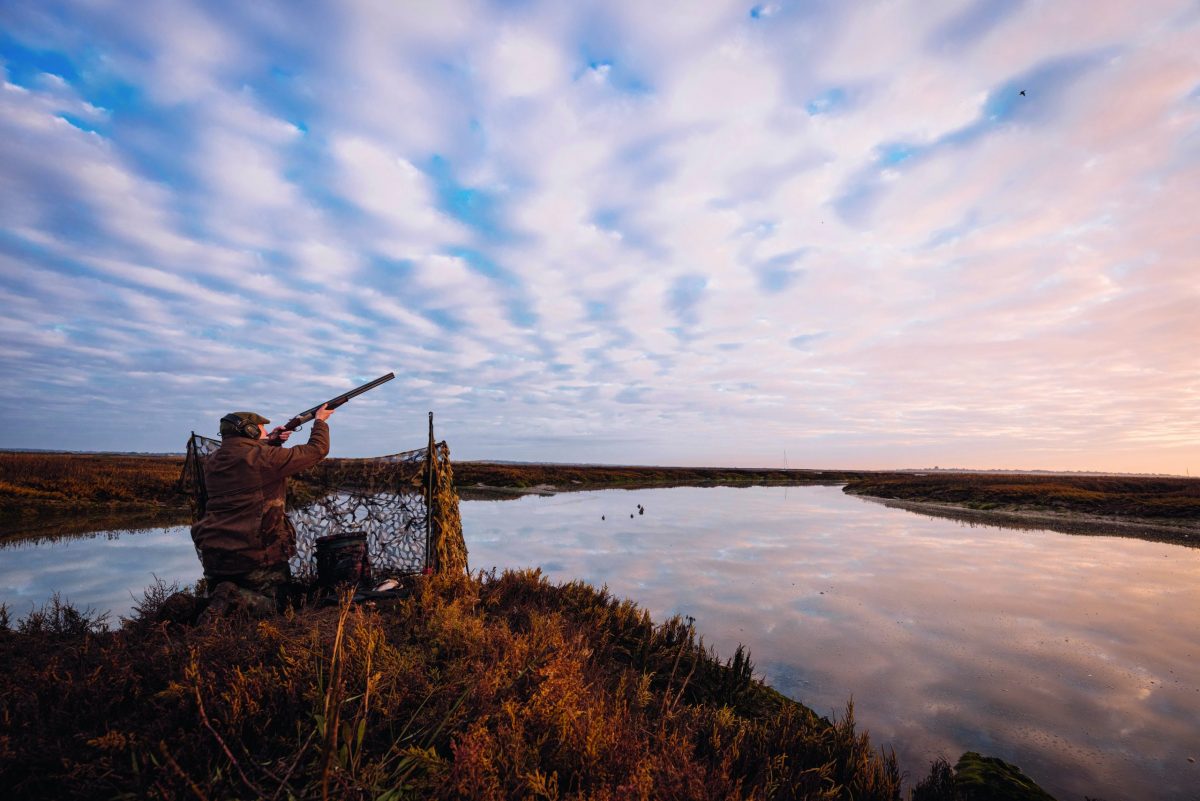
“Never mind the old gander if he comes at you,” said the farmer “he’s a bit protective of his new goose, now that she’s on eggs”. Those words from over 40 years ago are imprinted indelibly on my mind; I was wearing shorts, and having your legs plucked by an elderly goose is surprisingly painful I can tell you. Apparently, the old boy, the gander that is, was about 25 years old, had been widowed by a fox some years earlier, and had been bought a second wife earlier that spring when the farmer was at market.
Two and half decades seems a remarkable age even for a domestic bird, but geese can make at least ten years more than that, and even wild greylags, the species from which most domestic breeds descend, have been recorded up to 25 years and 9 months. If you think of the muscle tone that bird would have acquired on its daily commutes between feeding grounds and roosts, plus 25 return trips to Iceland to breed, you realise why mature geese are not the tenderest of birds. Knowing how to pick out a young one is essential if you want it for a quick, hot roast for your Christmas dinner.
The age of the oldest known survivor does not tell us very much about average lifespans, but compared to some of our other quarry, geese are relatively long-lived birds. Most are two years or older before they breed for the first time, hence the gaggles of non-breeders hanging about all summer long in the town parks. Notwithstanding the potential, very few wild geese make a ripe old age; the majority of those that hatch will die before flying, either being predated, or chilling and starving if weather conditions are not good, and insects are in short supply. However, once they fledge survival is much higher, with wildfowlers probably one of their main worries.
Ducks are different; most species are programmed for a shorter life span. Being smaller means that there are many more predators that can tackle them as adults. They breed in their first year, and average clutch sizes are about twice the five or six of a goose. As a result, young birds form a much higher proportion of the wildfowler’s bag, being perhaps half of what he takes, compared to just one in five with geese. That said, the tough old bird is always a possibility, and the fowler who shot the UK’s oldest wigeon, at over 35 years, was surely faced with a chewy supper.
Most gamebirds are very much at the other end of the lifespan spectrum, with a highly productive lifestyle that is adapted to keep populations up despite very high losses to predation. The grey partridge is perhaps the most extreme example of this, with precious few birds making it to a year old. They lay more eggs than any British bird, with an average of 15 to 18 in the first clutch, and will also have another go, if the first are lost to predators. So, it stands to reason that we would be overrun with the little perishers but for high mortality.
This has two important consequences for shooters; the first is that you can take a high proportion of a healthy population without causing any harm, and the second is that where numbers are struggling, putting the partridges’ world to rights will bring a big response very quickly. This fast turnover is also reflected in the overall lifespan, with the oldest ever recorded being shot at just 5 years and 3 months.
Grouse, pheasants and redlegs are similarly short lived in the wild. With their clutches on average slightly smaller than greys, they are presumably adapted to expect slightly lower predation losses in the early stages, and there are records of wild ringed grouse up to a bit over 8 years old, while a pheasant in captivity has been known to make the ripe old age of 18. I bet the spurs on that one were something to behold.
Woodcock in common with snipe, and many other waders normally lay a clutch of four eggs. To get away with such small clutches, and just one brood a year, they clearly need good survival, compared to game birds, with their camouflage and elusive behaviour helping them to avoid predation. GWCT studies of woodcock show quite high adult survival, with two satellite tagged birds travelling to and from distant breeding grounds for six successive years, while ringed woodcock have been known to survive for 15.
Pigeons lay just two eggs per clutch, although they may well produce a couple of broods each year, so it seem
s surprising that they are so common and successful. However, they mostly nest in trees, out of reach of the ground predators that affect most of our other quarry birds. So, aside from corvid predation on eggs, their only real worry is raptors like peregrine, goshawk, and perhaps a big female sparrowhawk.
On the other hand, pigeon canker is a cause of mortality which arouses consternation most years. It is caused by a protozoan parasite called Trichomonas gallinae and tends to flare up in autumn, causing lesions and cheesy lumps in the crop, with dead and dying birds sometimes being found in considerable numbers.
With no equivalent of bird ringing schemes, our knowledge of life expectancy amongst mammalian quarry is a bit less clear. However, the very fact that our ancestors coined the terms pricket, sorel, sore, bare buck, buck and great buck for the various ages of male fallow tells us that longevity is potentially good. Indeed, the oldest known captive fallow made 25 years, while 14 years has been recorded for roe, and the very fact that we need to cull to control numbers tells us about good survival. Apart from foxes taking fawns, and attacks by errant dogs, deer have no real predators in the UK, and slow death from parasites and disease is the only other population control if we do not take our responsibilities seriously.
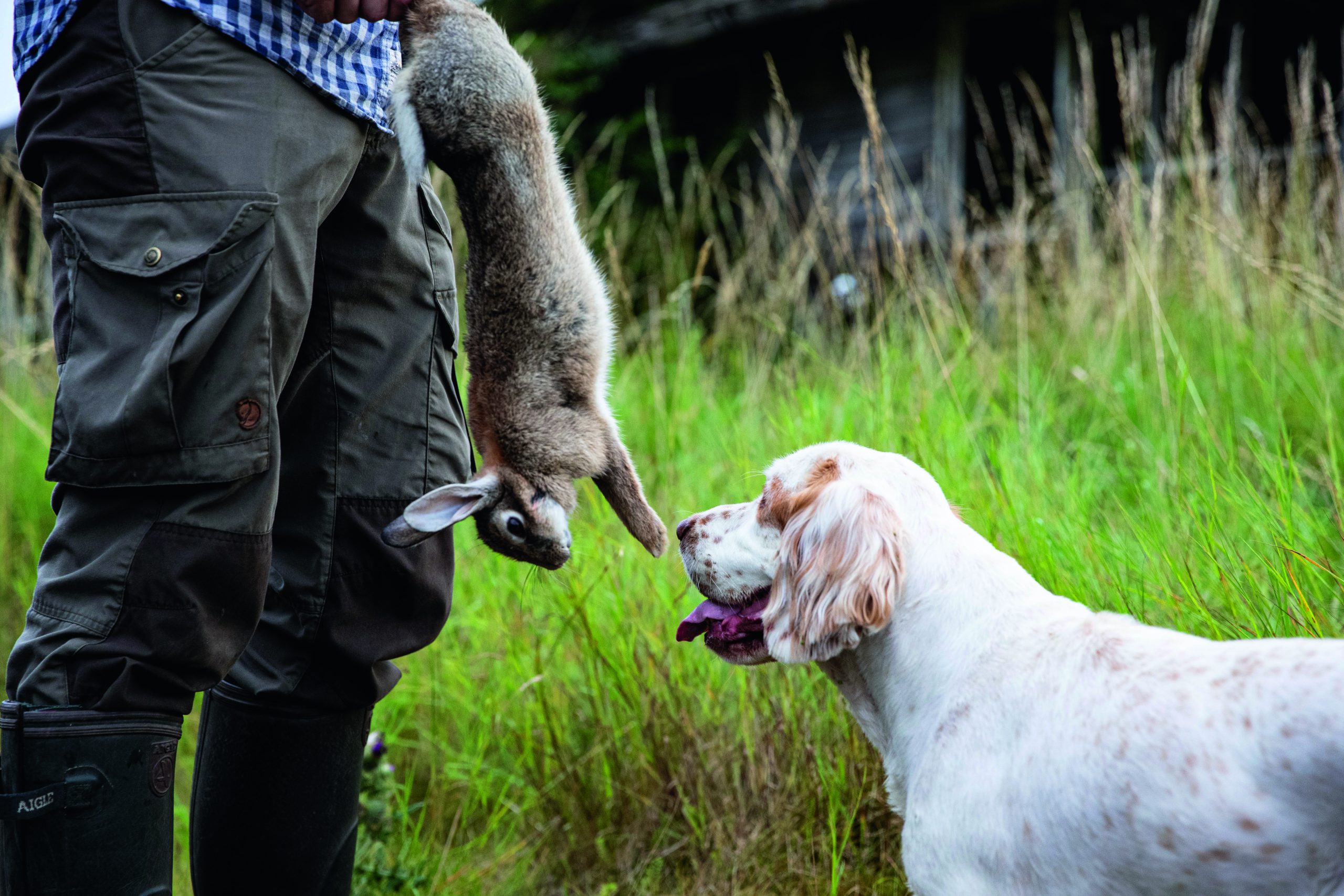
A good way to test if a rabbit is young is to tear its ears – if you can’t, it’s getting on
Rabbits and hares, by comparison, are short lived. The term “Breed like rabbits” is not without foundation, for a doe usually gets pregnant within 12 hours of giving birth and can have three to five litters each year. What is more, the young reach sexual maturity at around 12 weeks, so some does will have young themselves before their first summer is over. Hares take longer to mature, and litters are usually smaller, but even so, their population can bounce back from a crash very quickly. Both species also have their disease issues, with myxomatosis and viral haemorrhagic disease affecting bunnies, and coccidiosis and European brown hare syndrome causing die offs amongst hares.
One of the most remarkable things about our various quarry is that life expectancy can be very different between species, but all have the ability to be very resilient. Some may bounce back more slowly than others, but provided we take care, and manage them well, we can look forward to continuing sport and sustainable harvests well into the future.
Related articles
News
Duke's Challenge raises record-breaking £685,000 for GWCT
The shooting community has backed wildlife conservation in spectacular fashion, raising a record-breaking £685,000 for wildlife conservation
By Time Well Spent
News
‘So what exactly do you lot do, then?’
You’d be surprised how many projects staff and volunteers deliver, as well as BASC’s vital work helping members, says Conor O’Gorman
By Time Well Spent
Manage Consent
To provide the best experiences, we use technologies like cookies to store and/or access device information. Consenting to these technologies will allow us to process data such as browsing behavior or unique IDs on this site. Not consenting or withdrawing consent, may adversely affect certain features and functions.
Functional Always active
The technical storage or access is strictly necessary for the legitimate purpose of enabling the use of a specific service explicitly requested by the subscriber or user, or for the sole purpose of carrying out the transmission of a communication over an electronic communications network.
Preferences
The technical storage or access is necessary for the legitimate purpose of storing preferences that are not requested by the subscriber or user.
Statistics
The technical storage or access that is used exclusively for statistical purposes.
The technical storage or access that is used exclusively for anonymous statistical purposes. Without a subpoena, voluntary compliance on the part of your Internet Service Provider, or additional records from a third party, information stored or retrieved for this purpose alone cannot usually be used to identify you.
Marketing
The technical storage or access is required to create user profiles to send advertising, or to track the user on a website or across several websites for similar marketing purposes.

